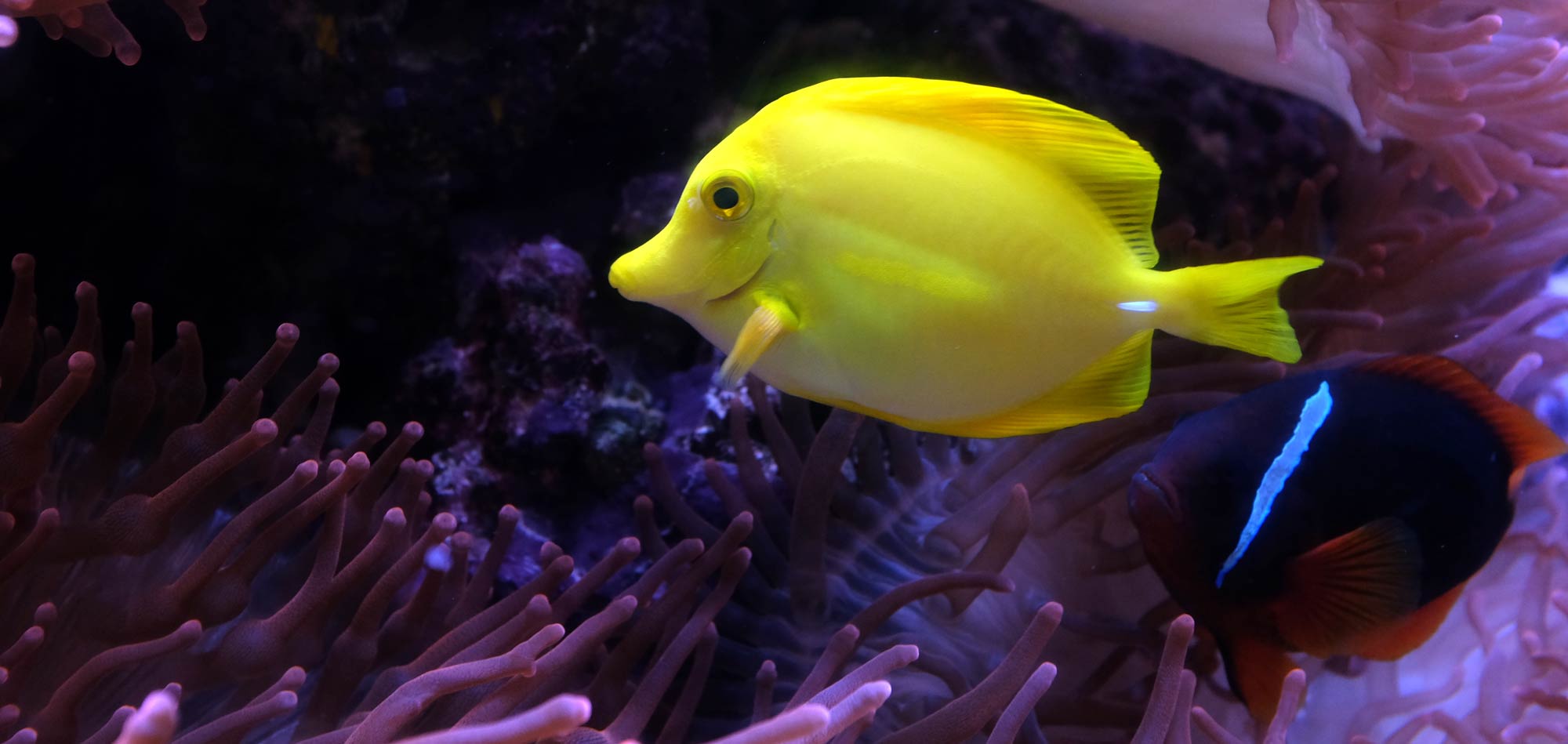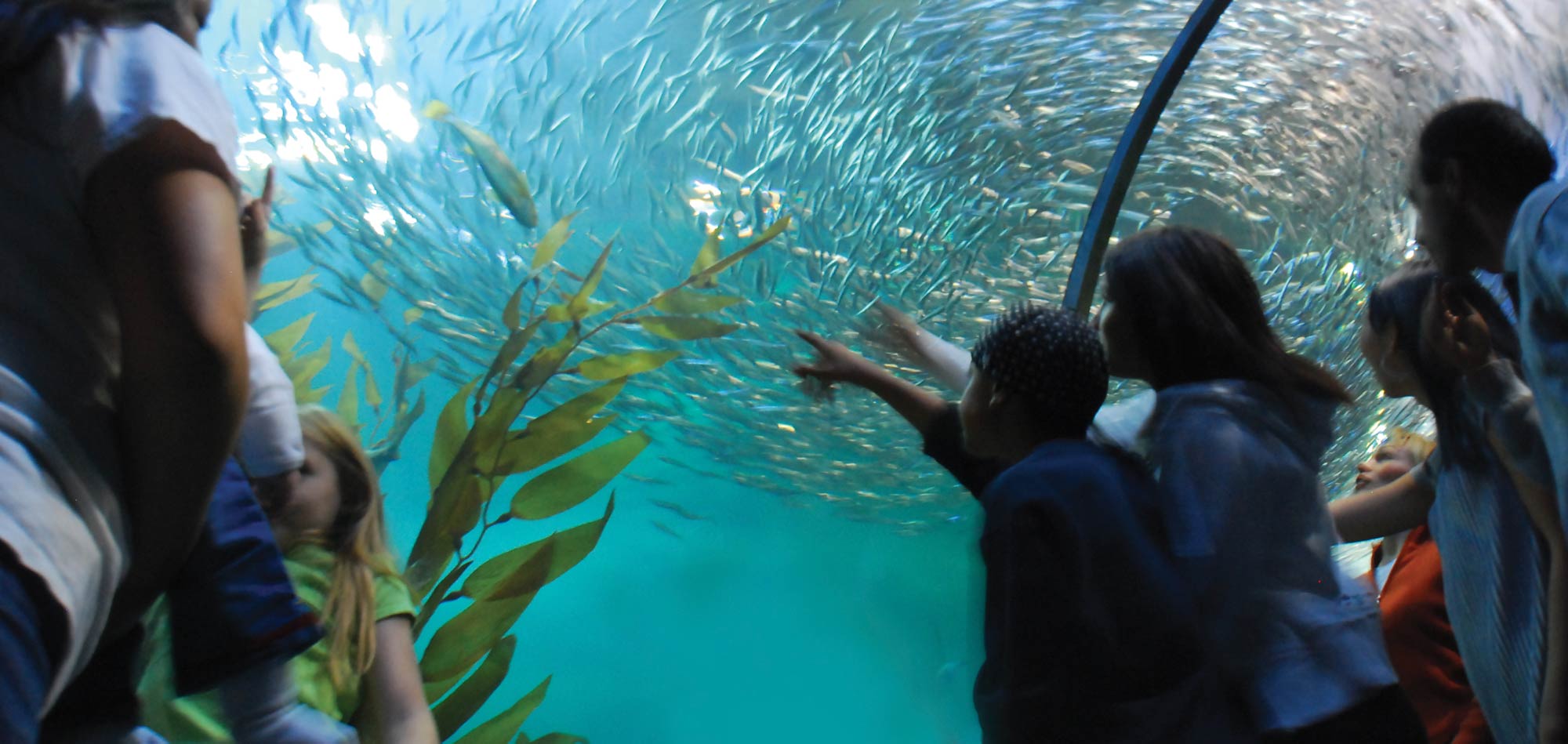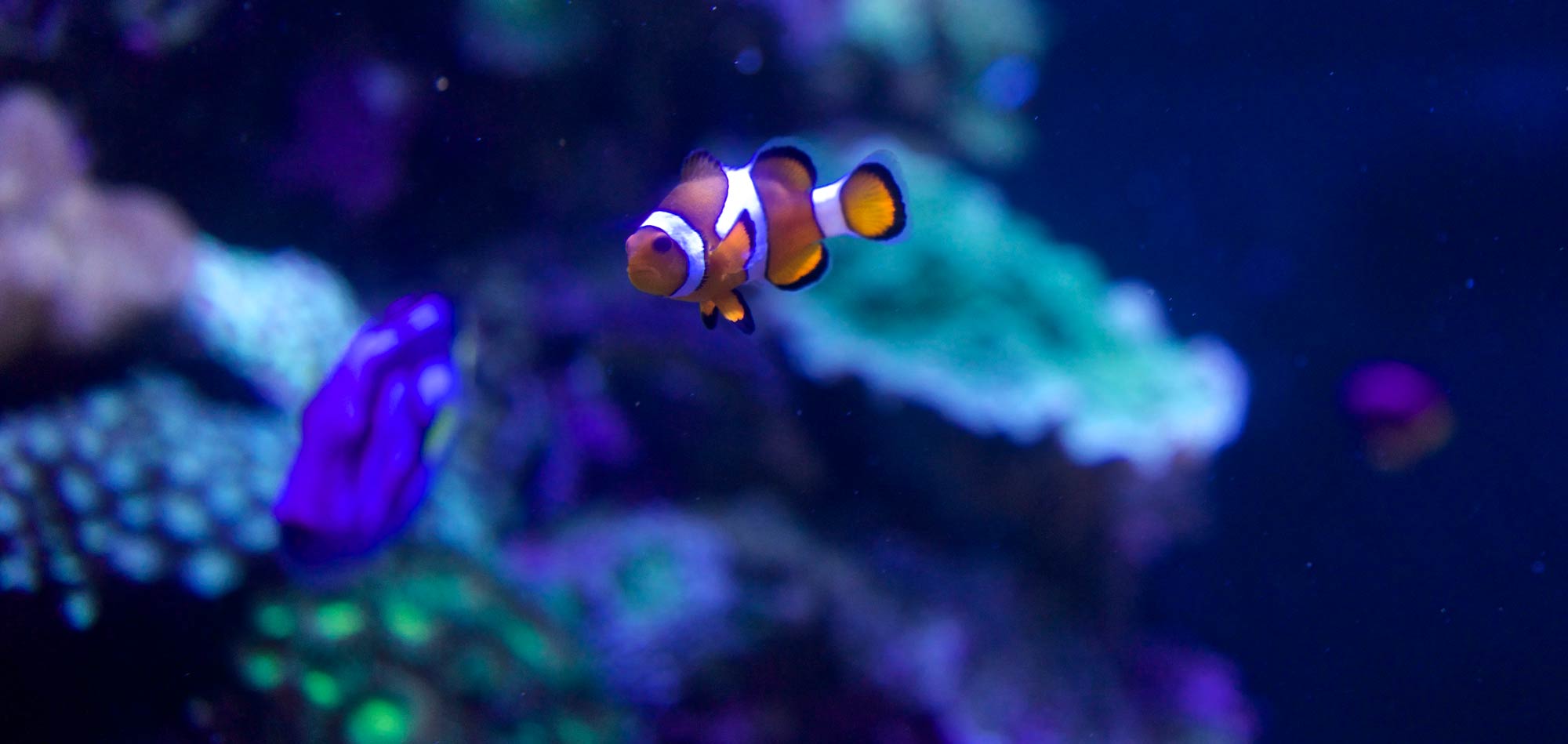Bay Restoration
The largest coastal wetlands restoration project in the nation is underway in San Francisco Bay. The goal is to restore 100,000 acres of wetlands, and The Bay Institute plays a key role in raising funds, negotiating land transfers, and promoting public support to aid this effort.
![]()
Restoration Successes
Cullinan Ranch
Cullinan Ranch was once a 3,000-year old tidal marsh, part of the extensive network of tidal marshes that capped the northern reaches of what we now call San Francisco Bay. Sometime around the end of the 19th century, ranchers built an earthen levee around the entire 1,496-acre marsh in order to make the island permanently accessible to cattle. When it was disconnected from daily tidal inundation and compacted by grazing cattle, the island began to sink. Ranchers and farmers raised the levees in response. Today, the former tidal marsh that came to be known as Cullinan Ranch lies 6 – 9 feet below sea level. In 2014 funding was completed to restore the wetland and breech the levee. The site is now a thriving marshland.
![]()
Sonoma Baylands
The Sonoma Baylands wetland restoration project signaled a turning point in Bay restoration efforts. It was a partnership between industry, government, and Bay environmentalists that was designed to resolve an emerging conflict between Bay protection policies and the shipping ports of the region. One of the most carefully planned wetland restoration projects, Sonoma Baylands was among the first to incorporate the application of dredged bay mud to raise the bottom elevation of the subsided restoration site. Because tidal wetlands throughout the Bay had been surrounded by earthen dikes and drained, they had subsided as much as ten to twelve feet below sea level. New levees were constructed to protect surrounding lands from inundation when the old bayward levees were breached. The slurry pipe was placed atop the new levees. It was extended and moved in order to deliver slurried dredge mud to various location throughout the project site. Construction was completed in 1996 and the project has been monitored closely over the years.
![]()
Skaggs Island
A former tidal marsh that was drained to allow agriculture, Skaggs Island was converted in the 1940s to a secret U. S. Navy facility. The Navy vacated Skaggs Island in 1994, and it was expected that the property would transfer to the U. S. Fish and Wildlife Service to be restored as tidal wetlands. As the clean up activities of the Navy were nearing completion in 2000, a new federal administration balked at the transfer, delaying it another eight years. During that time, The Bay Institute traveled to Washington, D. C. along with colleagues in an attempt to resolve the impasse. Diplomatic assistance from Congresswoman Lynn Woolsey played a critical role in the negotiations. An agreement was reached to allow the transfer in summer of 2009, and on January 28, 2010, the demolition of a 130 ft. water tower signified the start of the long awaited restoration.










